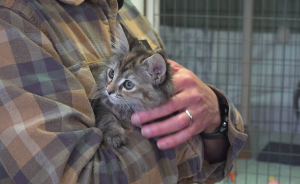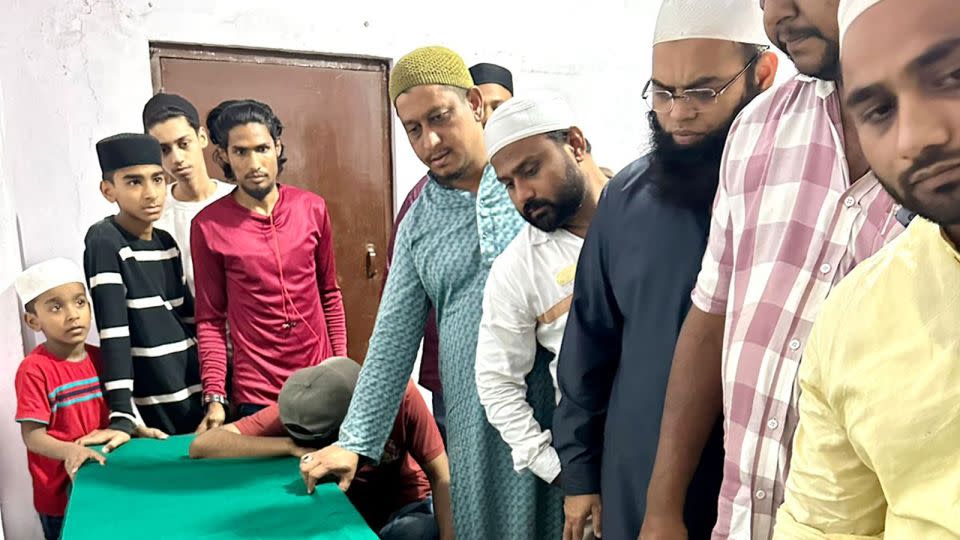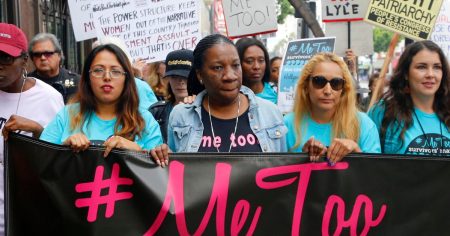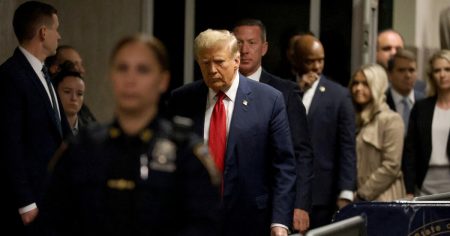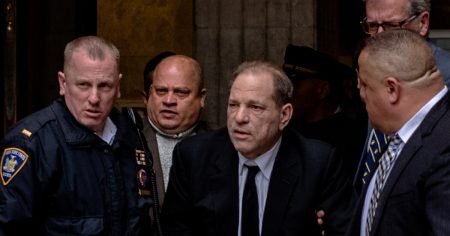The story starts with the family of Asfan Mohammed opening a box containing his body, which had been returned to India after he was killed while fighting in Ukraine as part of the Russian armed forces. This event shattered the tight-knit family, leaving them in turmoil as they came to terms with the loss of a husband, father, and provider. Imran Mohammad, Asfan’s brother, had dedicated all his time and energy to finding out what had happened to his sibling on the battlefield, neglecting his own business in the process.
Asfan had initially been working in a clothing store in India, but he had dreams of a better life for his family. He had tried to move to Australia, where his sister-in-law lived, but faced obstacles with English proficiency exams. When he saw job opportunities in Russia, he decided to pursue them as a way to eventually reach his goal of moving to Australia. This decision led him to enlist with an employment agency that ultimately sent him to fight in Ukraine, a choice that would have fatal consequences.
Many foreigners, including Indians, were recruited to fight in Ukraine by the Russian government, offering high salaries, fast-tracked citizenship, and promises of a better future. However, Asfan’s recruitment was done in secret, and he was not allowed to divulge his plans to anyone, not even his family. Despite efforts from his brother to intervene and stop him, Asfan ended up in Ukraine, facing dangerous and uncertain circumstances that would ultimately lead to his demise.
Imran received a voice message from a fellow Indian soldier who had been injured in combat, informing him that Asfan had also been hurt and was in need of help. Despite efforts to seek assistance from the Indian government, his pleas went unanswered, leaving Asfan stranded in a war zone where he would ultimately lose his life. The devastating news of Asfan’s death came through an official confirmation from the Indian Embassy in Moscow, leaving his family in shock and grief.
The aftermath of Asfan’s death left his family shattered, with his wife unconscious for hours and his children facing a future without their father. Imran, who had fought tirelessly to find his brother and bring him home, now faces an uncertain future himself, grappling with the loss while trying to support his devastated family. The tragic story of Asfan Mohammed serves as a stark reminder of the human cost of war, as families across the world are torn apart by conflicts in distant lands, leaving countless lives forever changed.
The Indian government has acknowledged the presence of its citizens in the conflict in Ukraine and has been working to repatriate those who are stranded or injured. Efforts have also been made to crack down on human trafficking networks that lure unsuspecting individuals into military service abroad, highlighting the dangers and challenges faced by those who are recruited to fight in foreign wars. The story of Asfan Mohammed sheds light on the complex web of factors that contribute to the recruitment of foreign fighters and the devastating impact that war can have on individuals and their loved ones.

